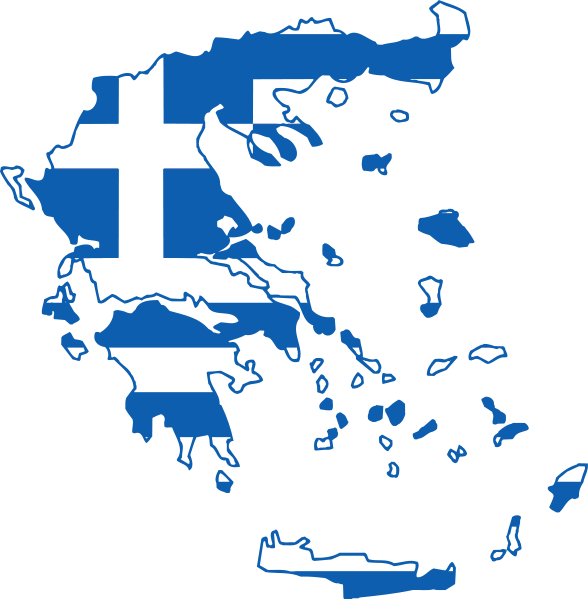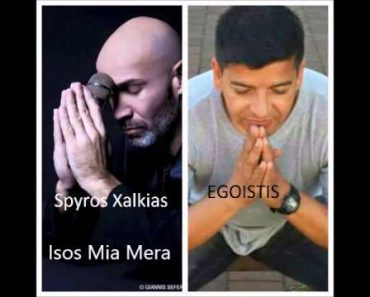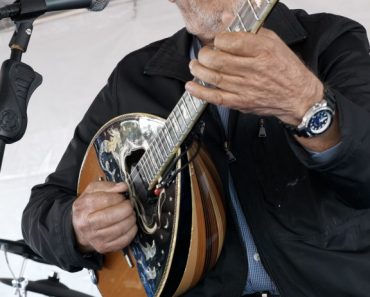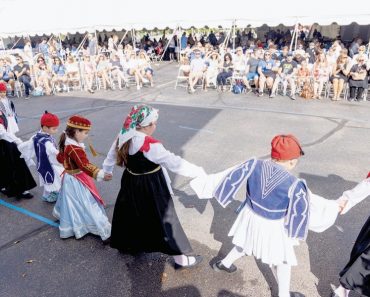Where did Turkey’s interest in western classical music come from, and what can we learn from their embracing of this artform? Maggie Hamilton finds some answers at the 53rd Istanbul Music Festival
The Bosphorus Bridge must be one of the most symbolic constructions in the world – at the heart of Istanbul, it straddles the two continents of Europe and Asia. As Byzantium from the seventh century BC, and then as Constantinople through the Roman, Byzantine, Latin and Ottoman empires, as well as because of its geographic location not least on the Silk Road, Istanbul has for millennia been travelled through and settled by a multiplicity of peoples from East and West.
Western classical music started to become a more formalised part of Turkish culture when Giuseppe Donizetti (older brother of opera composer Gaetano) was invited in 1827 to become master of music to Sultan Mahmud II and was appointed conductor of the palace orchestra – at that time called Muzika-i Hümayun. In 1923, after the Turkish War of Independence, Mustafa Kemal Atatürk came to power and encouraged the propagation of western tonal music. The following year the palace orchestra was moved to Ankara, and Atatürk honoured it with the new name of Presidential Symphony Orchestra, reflecting its new role as a pioneering art institution operating with the aim of ‘raising’ the people’s cultural and artistic sensibilities. As the first music institution in the history of the Republic, it aimed to develop a polyphonic music culture and represent it at the highest level, both at home and abroad. Turkish composers who had studied in the West returned to teach, western instruments made their way into cultural centres, and specialist music schools hosted free weekly concerts given by the Presidential Symphony Orchestra.
 Carlo Tenan conducts the Slovak Philharmonic Choir and the Borusan Istanbul Philharmonic Orchestra in Rossini’s Petite messe solennelle on the festival’s closing night ©RossiniGecesi/AKM/MuhennaKahveci
Carlo Tenan conducts the Slovak Philharmonic Choir and the Borusan Istanbul Philharmonic Orchestra in Rossini’s Petite messe solennelle on the festival’s closing night ©RossiniGecesi/AKM/MuhennaKahveci
So western classical music spread its roots alongside the traditional art music of Asia. Today, on the one side, qanun, oud, tambura, and an array of Asian instruments perform solo or in groups, or accompany monophonic, microtonal songs sung by one or two individuals; on the other side, piano accompanies German lieder, and full orchestras perform alongside SATB choirs singing Beethoven.
This multiplicity of musical styles is showcased every June in the Istanbul Music Festival. This year, concerts featuring the instruments and music of Turkey, Greece, Iran, and Azerbaijan sat alongside a cello and piano duo (works by Beethoven, Brahms, Messiaen, Franck), a piano trio (Rachmaninov, Dvorák, and a world premiere by Valentin Silvestrov), Monteverdi madrigals accompanied by harpsichord and theorbo, a cello and accordion duo (Latin American works, plus arrangements of central European music), an instrumental concert given entirely by rising female performers, and prestigious orchestras and choirs from Bulgaria, Austria, Switzerland, Germany, Slovakia, and Turkey performing works by Borodin, Rossini, Mozart, Brahms, Tchaikovsky, Shostakovich and Chopin et al, as well as giving the world premiere of a work by Hasan Uçarsu, and the Turkish premiere of Alexandre Mastrangelo’s Battle Zone.
 The red-tiled dome of the Atatürk Centre’s opera and concert hall ©RossiniGecesi/AKM/MuhennaKahveci
The red-tiled dome of the Atatürk Centre’s opera and concert hall ©RossiniGecesi/AKM/MuhennaKahveci
The Istanbul Music Festival (IMF) is organised by the Istanbul Foundation for Culture and Arts, a non-profit cultural institution founded in 1973 to enrich the city’s cultural and artistic life. Among the events it puts on are festivals of music, film, theatre, and jazz, as well as the Istanbul Biennial. The IMF annually attracts world-renowned musicians; its classical artists have so far included orchestras and ensembles such as the Symphonieorchester des Bayerischen Rundfunks, New York Philharmonic, Berlin Philharmonic, Vienna Philharmonic, Royal Concertgebouw Orchestra, Simón Bolívar Symphony Orchestra, Orchestre de Paris, Filarmonica della Scala, The Philharmonia Orchestra, and Rundfunkchor Berlin.
They are undoubtedly enticed not only by the fascinating mixture of architecture, culture, cuisine and warm hospitality to be found in Istanbul, but also by the top-rate concert venues, of which the star must surely be the Atatürk Cultural Center (AKM). This state-of-the-art complex was originally built in 1969 as the world’s fourth largest arts centre, and was reopened in 2021 after being completely reconstructed. It includes a new 781-seat Theatre Hall, the 410-square-metre AKM Gallery, the AKM Multipurpose Hall, Children’s Art Centre, Music Platform, Recording Studio, and two libraries. Its knockout feature, though, is a vast globe, encased by 15,000 cherry-red ceramic tiles (each unique), that houses a 2,040-seat opera hall, and it was here that the closing concert of this year’s festival took place: a rousing performance of Rossini’s Petite messe solennelle given by international soloists, the Slovak Philharmonic Choir and the Borusan Istanbul Philharmonic Orchestra, under the baton of artistic director Carlo Ternan.
The theme of the 53rd Istanbul Music Festival was ‘Beyond Borders’ and it more than lived up to its name, not least in representing music from both sides of the Bosphorus. But music also transcends the country borders that have frequently been artificially imposed by governmental officials sitting in an office, pen in hand, ignoring the reality of physical geography and societal movement. To take an example, one evening we attended a concert at a 1,000-year-old Greek monastery on the island of Kinaliada, in the Sea of Marmora. Vocalist Çağlar Fidan, cellist and oud player Ezgi Köker, and Greek lute and qanun duo Nikos Papageorgiou and Asineth Fotini Kokkala performed music from the Aegean islands, with no distinction between ‘Greek’ or ‘Turkish’ – it was simply ‘Aegean culture’.
 Music from the Aegean performed under the stars at a 1,000-year-old Greek monastery on the island of Kinaliada ©Salih Ustundag
Music from the Aegean performed under the stars at a 1,000-year-old Greek monastery on the island of Kinaliada ©Salih Ustundag
But the festival did not only cross borders in terms of geography. It also served as a cross-over between artforms that one would not normally associate together in one’s mind – Mussorgsky’s Pictures at an Exhibition with improvised dance; an invitation to do yoga while listening to the Netherlands Saxophone Octet; Los Angeles ‘krump’ dancing to Shostakovich’s Fifth Symphony – that cleverly offered a ‘way in’ for some new classical audiences.
On 24 June we attended a concert of Monteverdi performed by La Venexiana – three voices, theorbo and harpsichord – at the Cemal Reşit Rey Concert Hall. This was no standard type of performance, though: alongside the musicians, the three actors of Italian theatre company Teatri 35 recreated famous paintings by Caravaggio, selecting cloths from piles on the stage, grouping themselves, and then with the turning on of a spotlight, striking the pose of the painting. It was an innovative, and emotional, concert experience; and the Turkish professor sitting next to me in the audience, who had attended every festival since its inception, told me it was the ‘best concert ever’.
 Teatro 35 recreate Caravaggio’s painting of Salome with the head of John the Baptist, as part of the concert with La Venexiana ©Salih Ustundag
Teatro 35 recreate Caravaggio’s painting of Salome with the head of John the Baptist, as part of the concert with La Venexiana ©Salih Ustundag
Perhaps most obviously, the festival was broad-based in terms of musical genres – classical Western; traditional regional, such as ‘Strings for Love’ (a mixture of Anatolian, Iranian and Azerbaijani maqam repertoire); fusions of classical and jazz, and classical and disco; a piano trio joining with bandoneon and tenor for an evening of tango; and a musical pilgrimage around churches on the island of Büyükdere with instrumental repertoire not of religious works, but Vivaldi, Albéniz, Bach, D. Scarlatti, Gershwin, arrangements of popular Irish tunes (‘Danny Boy’, ‘Morrison’s Jig’, ‘Irish Stew in the Morning’), among others. Whatever the genre, though, the enthusiasm of the audiences was impressive, with packed houses giving standing ovations and loud cheers.
The fact that all these diverse styles were brought under one festival umbrella gives food for thought. In British culture, music is often pigeon-holed. Classical concerts serve up classical music, pop concerts dish up pop music. Some UK music festivals, such as the BBC Proms, have tried to open up boundaries, often then having to justify its decisions in the face of accusations of ‘dumbing down’; and when was the last time anyone heard a classical performer at Glastonbury? Our musical society has become polarised. In the UK we are painfully aware that all music, not just live music, is under threat, perhaps more so now than at any time in history. Maybe it’s time to take a leaf out of Istanbul’s book and start thinking outside the box, pull together and find ways to celebrate together the great gift that is music, in all its glorious shapes or forms – while we still have it.





